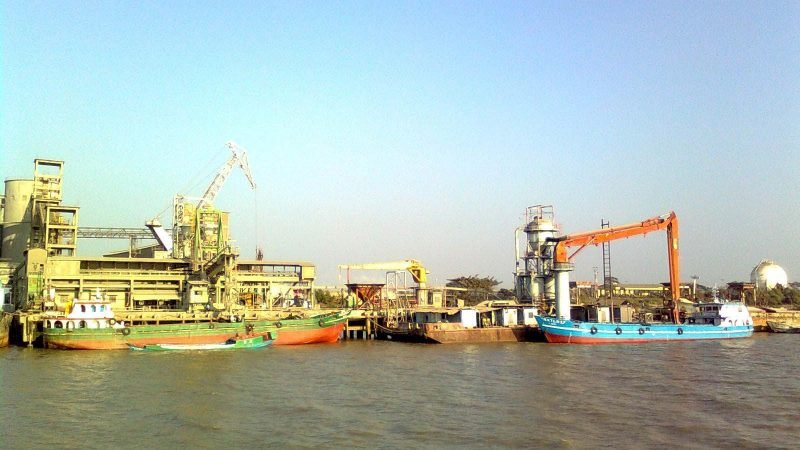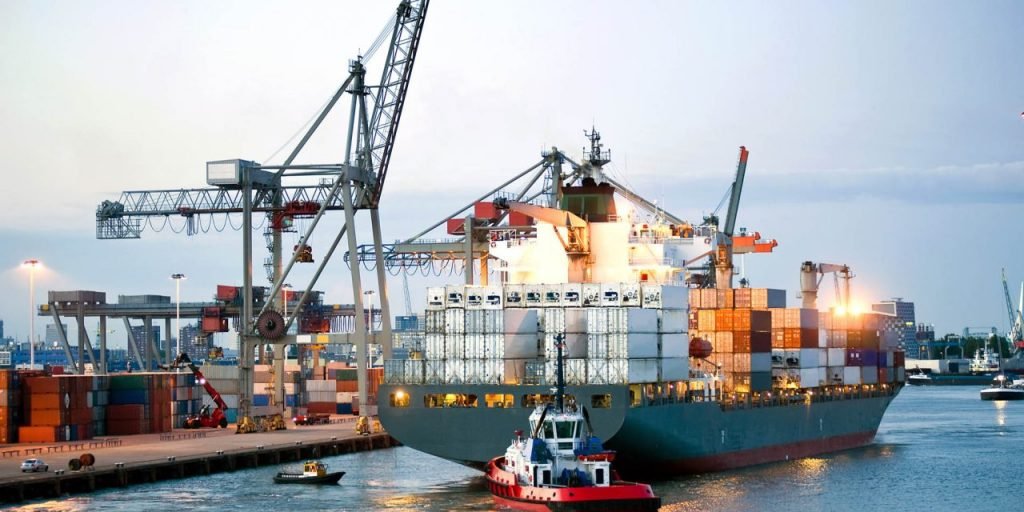Port Mongla to boost Bangladesh’s Economy: Chittagong’s sister port?

The growing presence of ports in Bangladesh could anchor change in the economy of the country and the same narrative revolves around the Mongla Port. Located in the Bagerhat district in Southwestern Bangladesh, the ‘sleeping port’ is now locked as a vital element to boost the country’s economy and infrastructure. The port is yet again under the limelight as it has superseded all its previous records of transactions since the past 70 years. Commander Sheikh Fokor Uddin, Harbour Master, Mongla Port reports to the Dhaka Tribunal that navigability of the port could be only escalated due to the dredging of the estuary in the Bay of Bengal. He further added, “Not only that, the increasing modern facilities at the port have been prompting more foreign vessels to anchor at Mongla”.
Commander Sheikh has also quoted statistics to the Dhaka Tribunal that with each passing year there was a sharp rise in the number of transactions. The port facilitators are optimist that the number of vessels entering and exiting Mongla is bound to cross 1000 vessels this fiscal year. The current trend is suggestive of the fact that soon Mongla port will act as a sister port to the Chittagong Port. In the previous year, the Commander reported that the port docked vessels exporting fertilizers, car carriers and container carriers, domestically. The foreign vessels docked at the port also included supplies of nuclear reactors. Last year, the government had approved a project which would multiply Mongla Port’s capacity by 10% and thus the problem of congestion at the Chittagong Port was addressed. The new project amounting $710 million will add another 300,000 TEU to the holding capacity of Mongla.

The new projects that are being planned for the Mongla Port involve Chinese partnership. Dhaka Tribunal reports that the new project allows dredging by China in the inner corners which will come into effect from this month. It could cause a worry for India. The matter cannot be overlooked that the rising trend in port activities will provide an impetus for Bangladesh to widen its economy, but Chinese involvement might also point towards a growing regional power in South Asia. The previous year witnessed India losing some major projects including the famous Chabahar to Chinese companies, and more projects around India’s neighbour might put the String of Pearls theory to a test. Not to overlook the presence of China in Gwadar and Hambantota port in Pakistan and Sri Lanka respectively, India needs to be wary about the repercussions it could present to shaping its trajectory in becoming the regional power. India’s grip over geopolitical dominance might or might not have started to slip but these red flags of Chinese indulgence in its neighbourhood cannot be disregarded altogether.

The Mongla Port has reportedly imported 100,000 metric tons of rice from India in the previous month and continues to do so. There is no question over the cordial bilateral relations maintained between India and Bangladesh, but the Chinese involvement must be counter checked before it transgresses. The once ‘sleeping port’ is now a benediction for Bangladesh’s economy-Chittagong and Mongla Port are all set to be the catalyst for trade and commerce in the country.


















